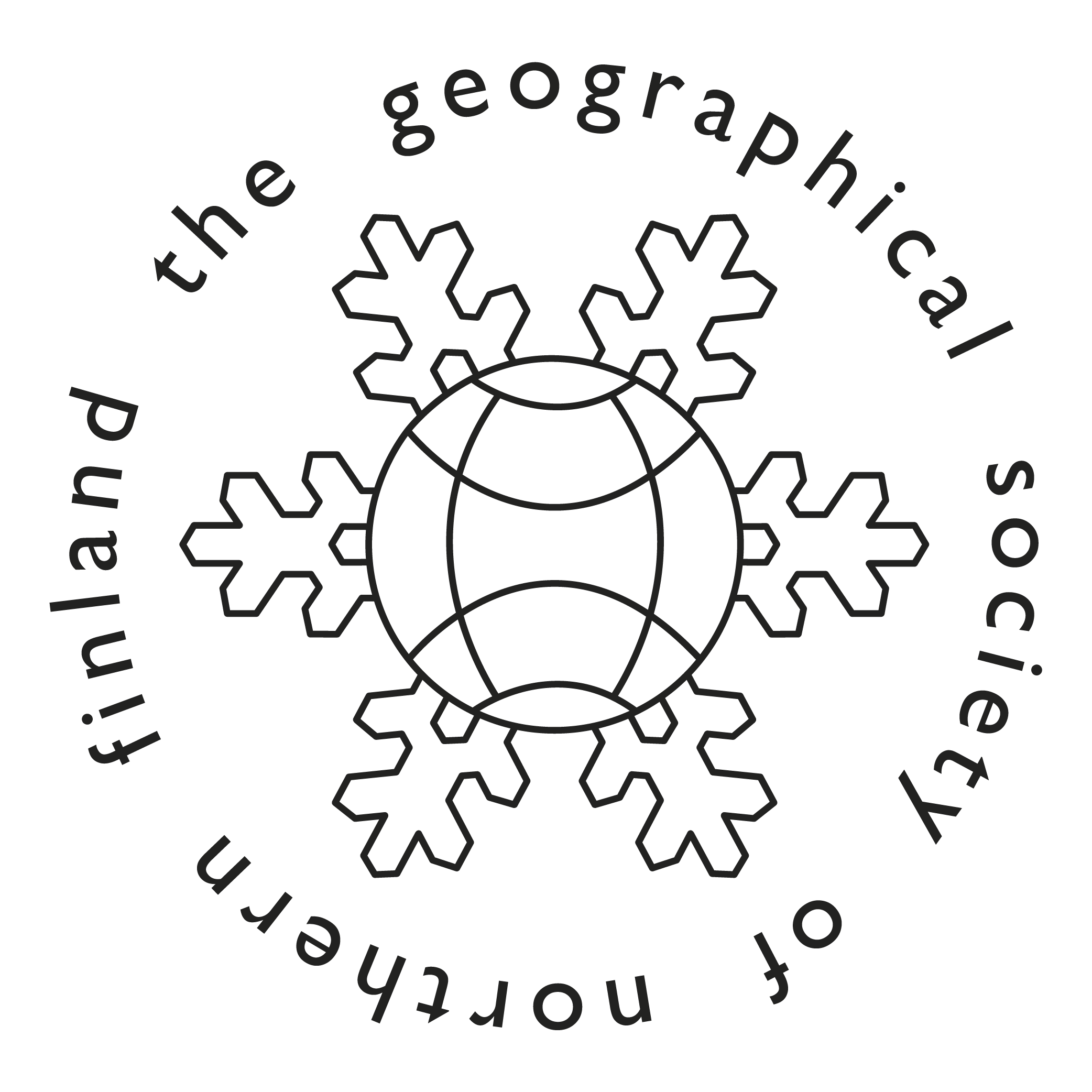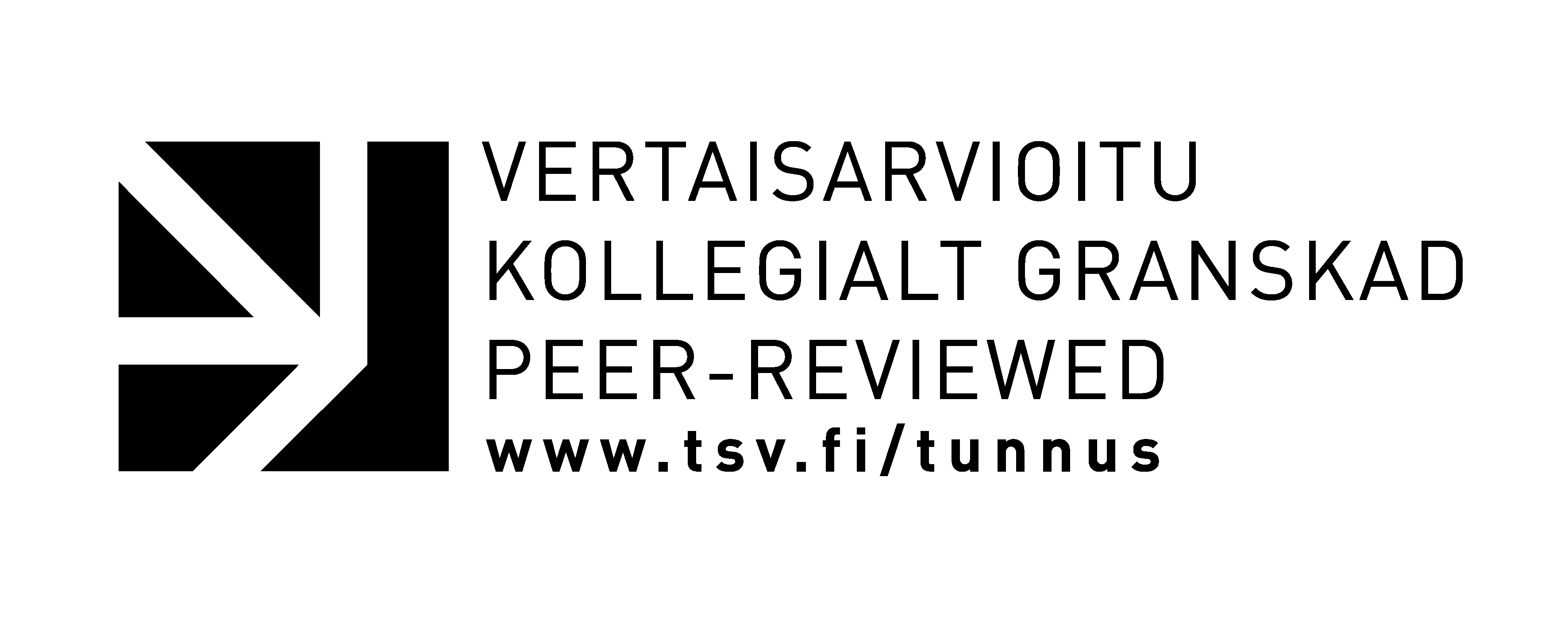Culture, Institutions and Power
Institutionalisation of cross-border co-operation as a municipal development strategy in Northern Finland
Abstract
A predominant academic question is how and why the development paths of municipalities and regions take certain forms. In recent decades, geographers and economists in particular have investigated the dynamics of how local institutional conditions and their local mobilisation can affect development outcomes and how development is determined by “structural” forces such as state- and EU-based regulations and globalisation of the economy. Thus, the notion that historical sensitiveness and context-dependency are essential factors in local and regional development and growth has gained credence. Then again, municipalities and regions are not “islands” of development but integral parts of complex socio-spatial relations and processes. From this viewpoint, border municipalities and regions are eminently interesting research contexts as they are sites where different scalar political interests, institutional structures, and development discourses are continuously manifested, materialised and contested in the daily practices of local and regional actors.
Nevertheless, this thesis argues that the existing mainstream studies investigating the development paths and prospects of border regions and municipalities are, firstly, overly EU-centric and, secondly, have an overly limited perspective on the institutional environment and legacy in which local and regional actors operate. The main attention in this regard has often been on the institutional differences between states and nationalities. In order to understand the development prospects of border areas and the preconditions of transnational regionalisation, municipal planning of border areas needs to be approached not only from the perspective of EU-driven cross-border co-operation and building of “transnational” scale, but more comprehensively. Accordingly, the present research on the Finnish-Swedish border area, which is an internal border area of the EU, takes a more historically and contextually sensitive institutional approach in this regard. Investigating the structural and discursive dynamics related to the institutionalisation of cross-border co-operation as a development strategy in the context of municipal planning enables not only identification of the conflicts and intersections between state-, EU- and local/regional-level development interests and institutional structures, but also provides room for recognising the diversity of the existing interests, strategies and motivations of local and regional actors and different interest groups involved in these institutionalisation processes.
This thesis suggests that the concept of policy transfer and problematisation of the dynamics of how and why certain development strategies, policies and discourses become selected, implemented and sustained at the border municipalities offers a fruitful theoretical and political framework for examining the abovementioned issues. Accordingly, the thesis studies the intertwined relationship between local agency and the mobilisation of scalar institutional structures in regional planning and policy transfer processes by applying the Cultural Political Economy approach and strategic-relational theory on institutions (see Jessop & Sum 2013) as theoretical-methodological lenses. The thesis consists of three original research articles that form a scalar and temporal continuum. The empirical research is based on interviews conducted with key municipal and regional actors (i.e. planners, politicians, project managers and entrepreneurs), historical document material reaching back to the 1930s, as well as supplementary policy documents produced at various governmental levels. Both critical discourse analysis and content analysis are used as analysis methods. As the dynamics of municipal planning are reflected primarily against the formal institutional planning system in Finland, the study focuses on the Finnish side of the border – the Finnish Tornio Valley and the Kemi-Tornio sub-region.
The results underline that the institutionalisation of cross-border co-operation as a key development strategy has been a long path-dependent process in which policy transfer processes and local mobilisation have become intertwined. While the “large-scale” development follows the Finnish national development – the transition from state-led, top-down politics to a more bottom-up, region-based development model – the investigation of these policy transfer processes also shows that the border location and the mobilisation of both the “border region identity” and the EU’s cross-border co-operation policy discourse have had a marked impact on the development path. Accordingly, they have furthered the development towards cross-border regionalisation. Moreover, border municipalities are challenging the state’s authority and the subordinated municipality-state relation by invoking this development. This development, however, is regionally contested and exemplifies the power relations both between municipalities with/without state border as well as between public and private sector actors. In the end, which development strategies become dominant or discarded in a particular context depends on how different actors and interest groups mobilise their privileged positions in relation to surrounding formal and informal institutional structures, such as municipal autonomy, EU cross-border co-operation funding schemes, trust relations, regional identity, and prevailing norms and customs. This research stands as an illustrative example that it is crucial not to consider these context-specific “soft” matters as somehow secondary to “rational” economic reasoning when investigating courses of action and economic development paths.







